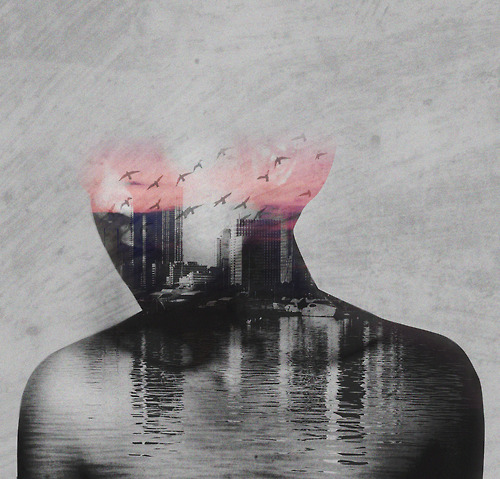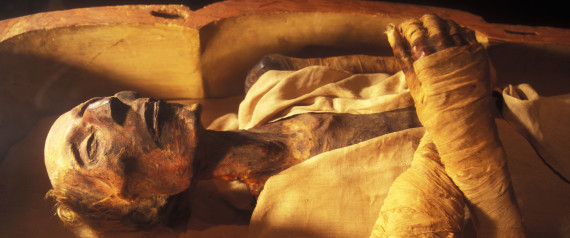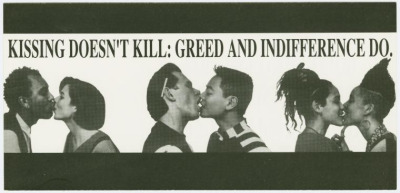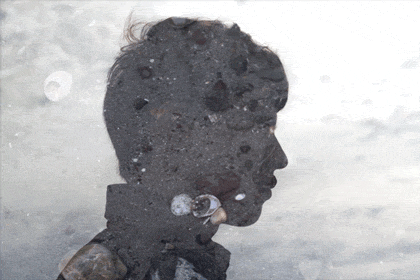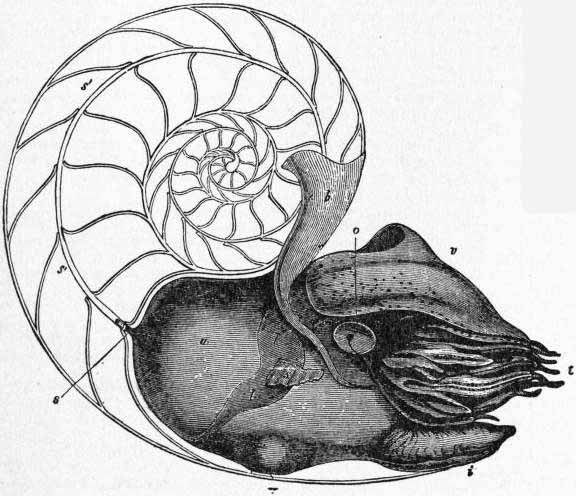Originally published in: Your Face Arrived, a catalogue published by the Niagara Artists Centre
There is a degree of sleeplessness, of rumination, of the historical sense, which is harmful and ultimately fatal to the living thing, whether this living thing be a man or a people or a culture. To determine this degree, and therewith the boundary at which the past has to be forgotten if it is not to become the gravedigger of the present, one would have to know exactly how great the plastic power of a man, a people, or a culture is: I mean by plastic power the capacity to develop out of oneself in one’s own way; to transform and incorporate into oneself what is past and foreign, to heal wounds, to replace what has been lost, to recreate broken moulds. Friedrich Nietzsche, Untimely Meditations
I stayed up one night playing poker with Tarot cards. I got a full house and four people died. Steven Wright
Andre Bazin sadly never lived to see disc rot, Face Juggler, VHS clearance sales, the Cher Effect, video enhanced gravemarkers, or Mike Hoolboom’s films. What if a media technology merger with the life sciences were to imbue the latter with truly galvanic, life-restoring powers? I like to imagine Bazin returning to us as a talking head on some 42″ plasma screen, taking stock of the contemporary situation, offering a reassessment of his well-known views on the photographic image in light of such recent artifacts.
I mention Mike Hoolboom as the odd man out amidst this list of things because his authoethnographic project in one sense offers an extended caveat to Bazin’s formulation (“to stow it away neatly, so to speak, in the hold of life”), that self-described mummy complex which motivated artistic creation at its earliest origins.
Two Hoolboom films—Frank’s Cock (1993) and Buffalo Death Mask (2013)—effectively screw with Bazin’s notions without invalidating them altogether. And for the history they document, this pair of films—thematically coupled, and revealing in their contrasts—deploy wildly inspired formal gambits and laughs where you’d never expect. They reorient us too, amidst the radical shifts to how AIDS once was and is now looked upon throughout much of the Western world.
When I first saw Frank’s Cock I mistook it as documentary testimonial- not only that, but I viewed the narrator’s face as a spectral presence within the frame—badass, but about to vanish—counting down to his lover’s demise while unaware of his own soon to come. (How relieved I was to learn that the young narrator–played by Callum Keith Rennie–has lived a far happier future that includes a starring role on Battlestar Galactica!) It premiered at a moment that, as Hoolboom recently described, “Being infected meant that you were carrying not only the certainty of your own death, but the possibility of death for everyone that touched you.”
From the very start, Rennie’s face takes on an uncertain presence in the upper right of the frame; as the film proceeds other images appear one by one, spilling into the soft remaining quadrants as if to allow a glimpse of the irreducible fullness of his life with Frank and which his words alone can’t possibly contain.
As the film won awards at major festivals, the first drug cocktails were beginning to show promise in successfully treating those infected. But that move from guaranteed fatality to a new glimmer of hope (courtesy of Big Pharma) brought with it a false sense of resolution: was the crisis within really over?
Buffalo Death Mask, made twenty years later, offers a provisional answer. Built upon the mutual reminiscences of Hoolboom and painter Stephen Andrews (a long-time friend who shares HIV-positive status), their exchange is buoyed by a humor familiar to those who’ve come to know death up close. They talk of promiscuity, the improvements in drugs, the guilt of survivors; most striking of all are Andrews’s insights regarding his partner’s demise: “Not only do you lose them– you lose what they remembered about you. And if you don’t fully understand yourself, you’re kind of doubly bereft… suddenly you start to feel a hollowness in yourself, because you had it backed up with these people… it’s about being knowable too… suddenly you don’t have these people who know you… then where are you?”
Sharp shocks are there too, like the moment we see Hoolboom raise his shirt to reveal the painful flaming lesions from a nasty case of the shingles; I’m reminded here of a passage from The Steve Machine, Hoolboom’s one and so-far-only novel: “But the only way to survive this plague was to become someone else. I would let the illness ravage the body of the person I used to be, destroy it layer by layer until there was nothing left. I was determined to escape to give myself over to someone who could never be positive.”
Its erotically-charged montage reveries and slow-melting superimpositions of faces, friends, and fire have a liquid, floating quality—effects surely heightened by Machinefabriek’s music; such dense layered complexity would be inconceivable had film not shed its own skin to reveal digital video’s new plastic powers. The slow extended sequence just after the opening title shot is a case in point: originating from a 16mm in-camera superimposition shot years before, the footage sat unused until Hoolboom began its temporal sculpting—a process partly possible though wholly impractical in its native format. What might Bazin say about its glacial suspension, its tangle of temporal conundrums—Charon’s obol on a still-moving body, as if to mock mortality, time, the medium itself?
The philosopher Catherine Malabou describes the brain itself as the very source of plastic power, endlessly reconfiguring new synaptic routes of possibility—and we as individuals, in turn, teeming with new potential as part of the social body: “…to talk about the plasticity of the brain means to see in it not only the creator and receiver of form but also the agency of disobedience to every constituted form, a refusal to submit to a model.”
Malabou traces the notion of plasticity as a philosophical concept back beyond Nietzsche to Hegel; she writes that, “Hegel tears it away from its native domain, art, and assigns to it its true domain of validity, the development of subjectivity. Then the essential task of translating the subject is incumbent on plasticity.” Does this suggest that the plasticity of an artistic form might offer a similar tack towards life itself?
Endnote
What you read is where I had to stop, because if I’d ignored the already-past deadline, I would have just kept writing, maybe something twice or three times as long, elaborating on the auto-ethnography idea and how your films extend that practice beyond the self and into community and active collaboration in various forms… I also wanted to talk about your habit of reworking films, contrasting it with the “fixed and finished” paradigm of Bazin (the beginning section grew out of that, so I hope that idea is at least implied by it); and I also had a compare-and-contrast passage on “Krapp’s Last Tape” and your auto-ethno (you sitting, listening with the Nagra—was that deliberate reference or just occupational commonplace?), emotionally crippled Krapp next to make-a-film-and-make-a-life Mike.
The ending IS abrupt—partly my fighting the impulse to impose some sort of forced writerly resolution that I’ve so often done before. Your take on the Malabou part is just as I intended—and I hewed to the more suggestive/less overtly explicit end of things—even if I had the time, the vision, the expertise, I felt it’d be horribly presumptuous to make something prescriptive. One thing I’ve gotten from the reading of this past year was some renewed sense of hope—Malabou, Hardt and Negri, even to some extent Badiou… I guess I learned from them that you can be clear-eyed and critical and still feel things can change.
So I think I was just trying to describe what I was seeing in what I’d awkwardly call your art/life continuum, which carries a different degree of intensity than most any artist I know… and honestly, I haven’t thought about AIDS so deeply since I did a seminar with Douglas Crimp way back in grad school- aside from that it dwarfs my ability to really say something useful about it. It raised a lot of stuff regarding my limits: for compassion, emotion, and thought. (I hope this doesn’t sound self-flagellating.)
Next time I write you I’ll tell you all about siphonopods, my big discovery from hearing the curator of fishes at the AMNH give a lecture last night.
